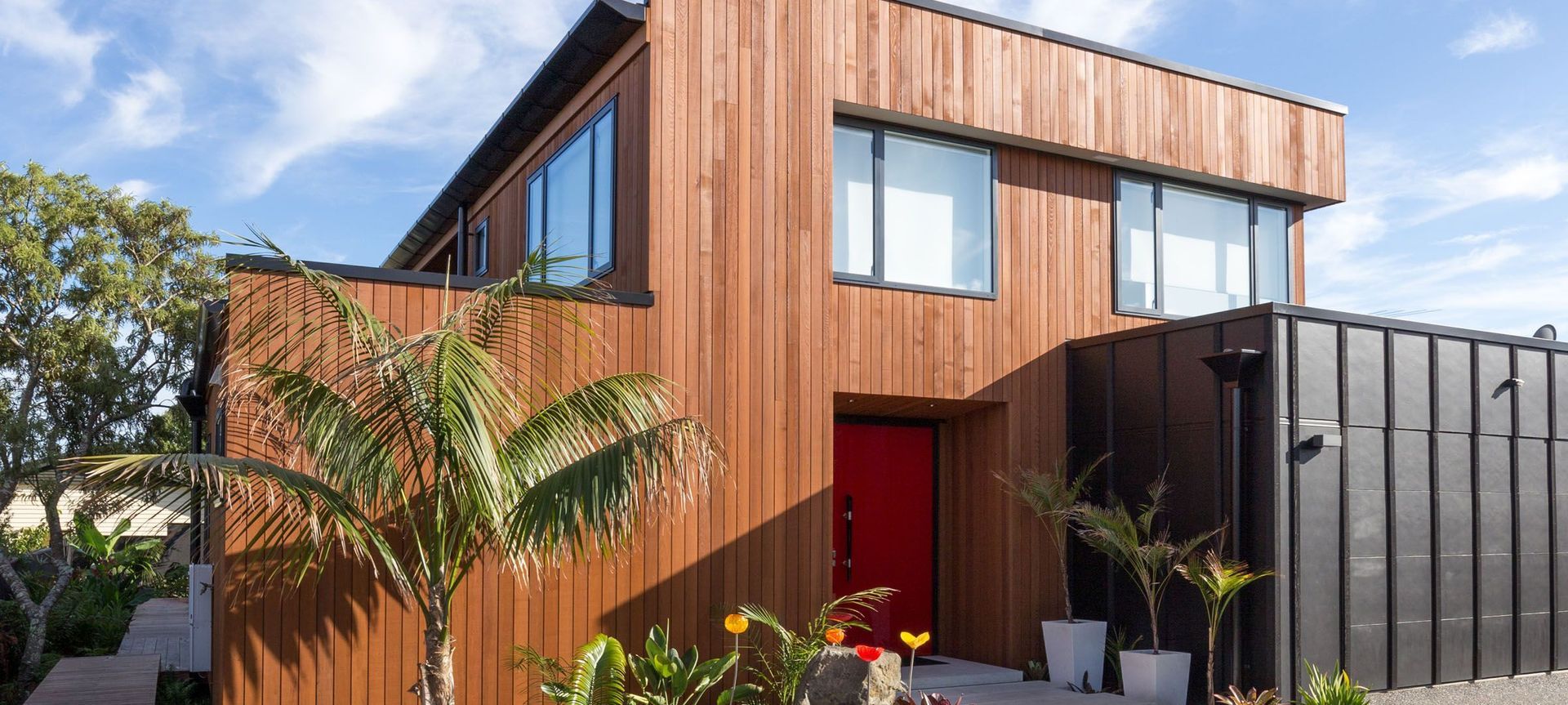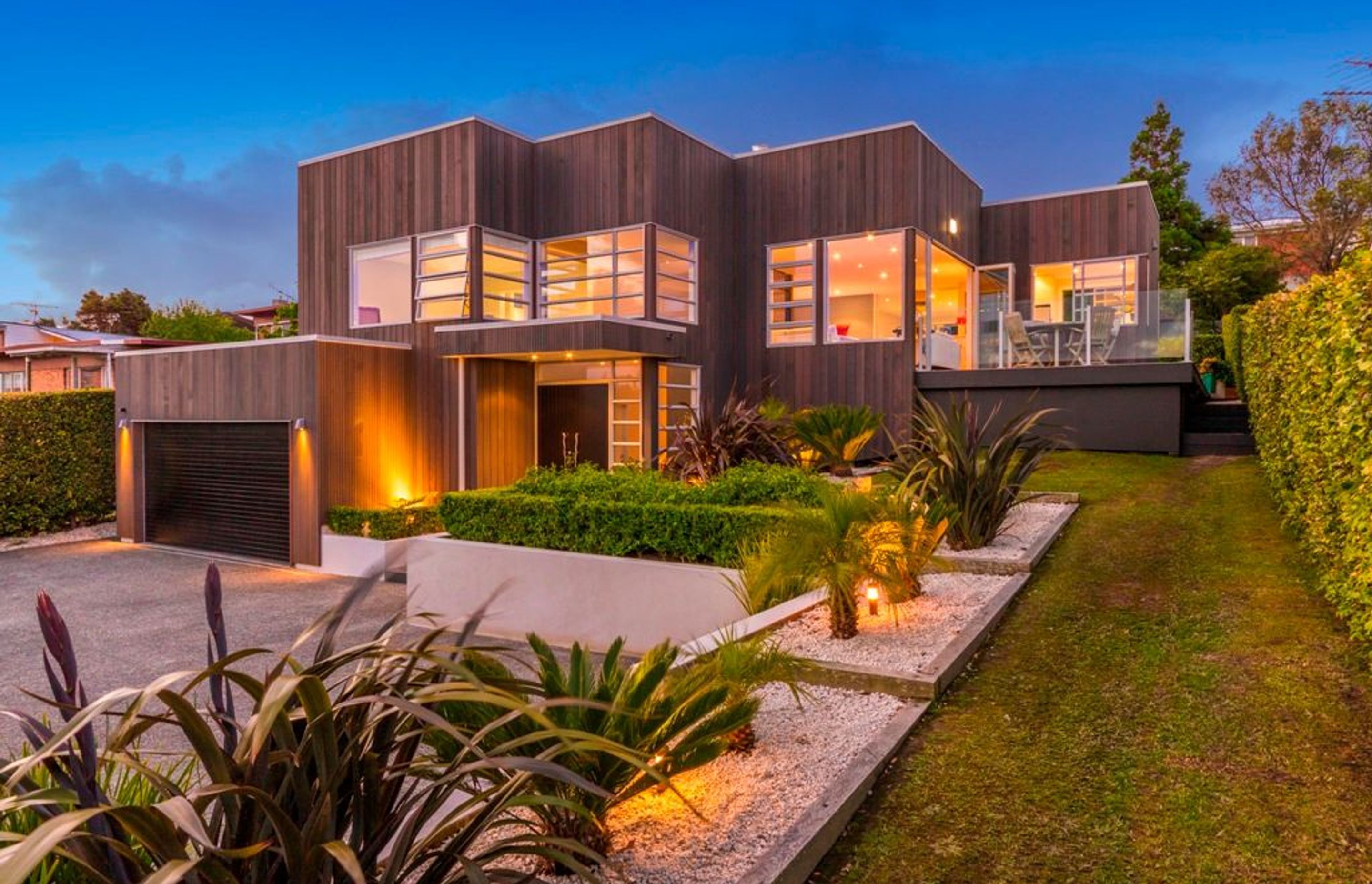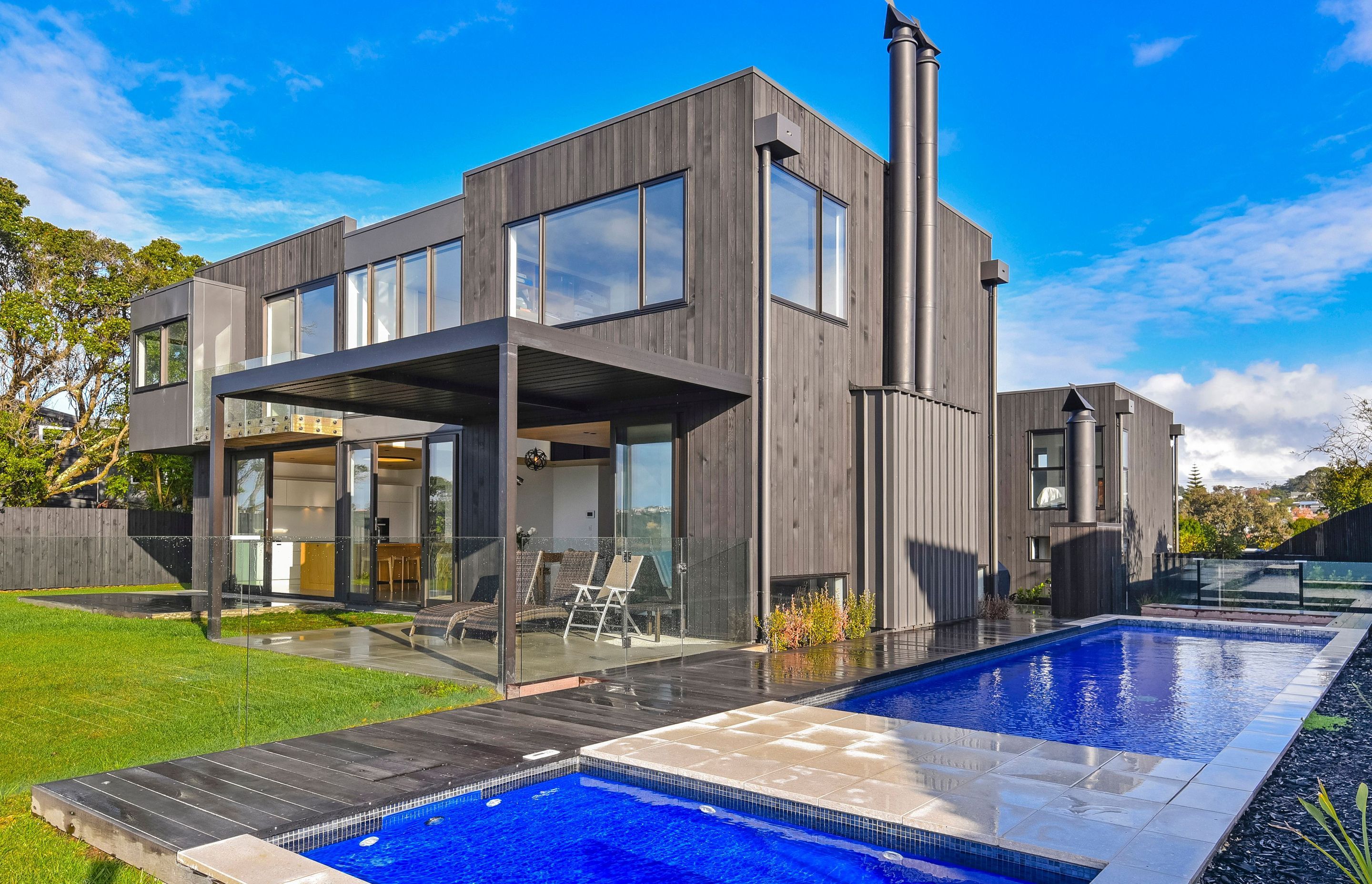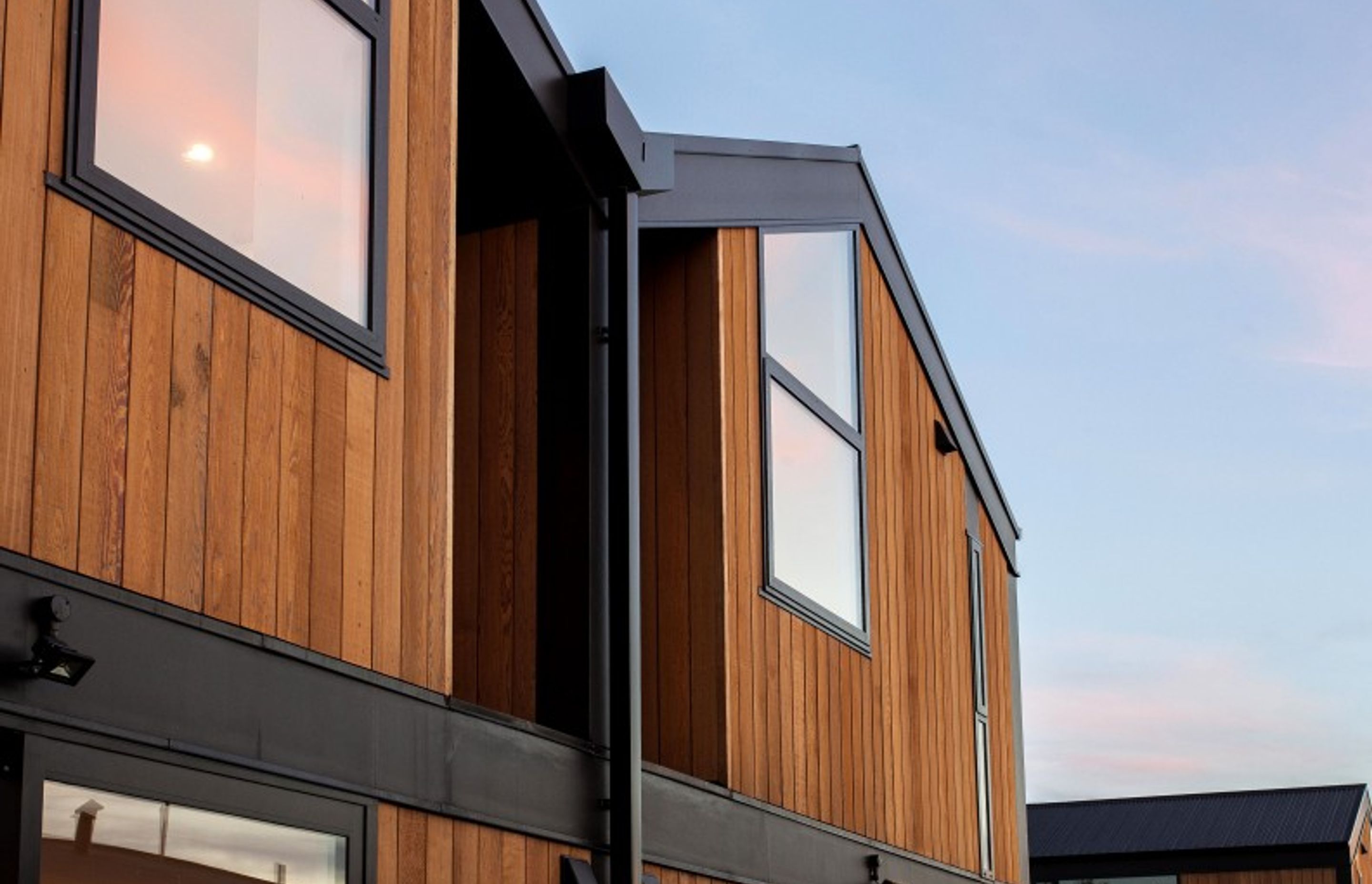Natural, oil-stained wood: the new feature wall
Written by
23 October 2016
•
5 min read

Timber is synonymous with the New Zealand building landscape thanks in part to the cladding material of choice of the now-iconic villas that dot inner city suburbs from Dunedin to Wellington to Auckland. Not only cladding, but it is a popular flooring and structural material too. Once painted, wallpapered and carpeted, timber has in recent years become the hero of the story. Yes, it is still favoured in all these applications but more and more it is left in an almost raw state, timber for timber’s sake, where the natural patina, the grain, knots and oil finish become the feature.
Herman Pacific, New Zealand timber manufacture and supply company, has been part of New Zealand’s love affair with timber ever since being established in 1974.
Sales & marketing manager, Steve Carter, has been with the company for 10 years and has witnessed this trend first hand. “Kiwis have a strong affinity with nature and natural building products, such as timber,” he says.
“Previously it was considered a substrate and would be painted, but I have seen a real shift away from this, where clients want to show off the natural beauty of timber.”
Evidence of this trend has seen Herman Pacific collaborate with Resene Paints to produce a penetrating oil designed to enrich and protect the timber whilst allowing the natural grain and colour variation to still show through.
“Wood-X Penetrating Oil has definitely seen a dramatic uptake in the past few years as the natural richness of timber becomes part of the design look,” says Steve.
Oil is important as it protects timber from New Zealand’s variable and harsh weather systems, inhibits mould and minimises timber movement. The more refined the oil, the better the protection and finish.
Oil not only enhances and protects the timber, but in the case of Wood-X it offers a variety of shades to customise the finish.
Wood-X was originally developed for cedar cladding but thanks to the partnership with Resene Paints, Herman Pacific is extending into other product ranges including for internal application with a n extensive colour palette.
“The relationship with Resene is huge, because they are a leader in their field,” says Steve.

“Our expertise in timber as a material, and theirs in colour solutions has really pushed the boundaries for architectural creativity, making timber even more attractive.
“We have been working with architects more and more because of the rising demand in customised timber cladding systems for architecturally-designed homes. Wood-X enables them to offer their clients greater choice in the design feel and look,” says Steve.
What’s next? The new trend in timber is for even more creativity!
“Clients, including architects and interior designers, are now asking for a random sequence of boards – let’s say a narrow board then two wide and then medium – for their cladding or internal application,” says Steve.
“We have approximately 3,000 profiles to choose from so that really allows for a lot of customisation. For example, you might have a knotty light timber like DuraLarch that can be bandsawn for a really natural look. Then you coat it in a specific shade oil and mix up the board widths for something unique with a wow factor."
Ironically, the love affair with timber has also seen the laminate market grow, but Steve says that if anything it has made the authentic product more popular.
“Laminates, composites and other artificial products are trying very hard to get the finish to look perfect for internal applications. But the beauty about timber is that it’s not perfect. It is the imperfections and variation of the natural character that makes it so special.”
The demand for wood also means that there are plenty of suppliers out there. Steve warns customers about buying on looks alone.
“There are a number of variables in the manufacture of wood for residential use. If you’re thinking about timber application for your build or renovation, do your homework. It’s a huge investment! Go for a quality brand from a reputable company that has experience and certification, and importantly. that controls the whole process from purchasing the raw timber to drying, machining and coating.
“Considering that cedar in a vertical shiplap application is still the most popular design in the country, reputation and certification is important. That’s because vertical shiplap over cavities fall outside of local council building code standards and are seen as an alternative solution.”
Therefore, to meet the requirements of the New Zealand Building Code and to satisfy local council building standards, Herman Pacific weatherboards systems have gone through rigorous testing to achieve both BRANZ appraisal and CodeMark certification. Building Research Association of NZ (BRANZ) provides independent and impartial research, testing and consulting for the building industry. CodeMark is a voluntary product certification scheme.
Coupling Branz and CodeMark together gives councils, builders, architects and ultimately the homeowner assurance that their Herman Pacific weatherboard systems have been tested to combat NZ’s harsh and diverse weather conditions.
Herman Pacific is also an FSC Forestry Steward Council organization and is a member of the Programme for the Endorsement of Forest Certification (PEFC), an international non-profit, non-governmental organisation dedicated to promoting sustainable forest management.

